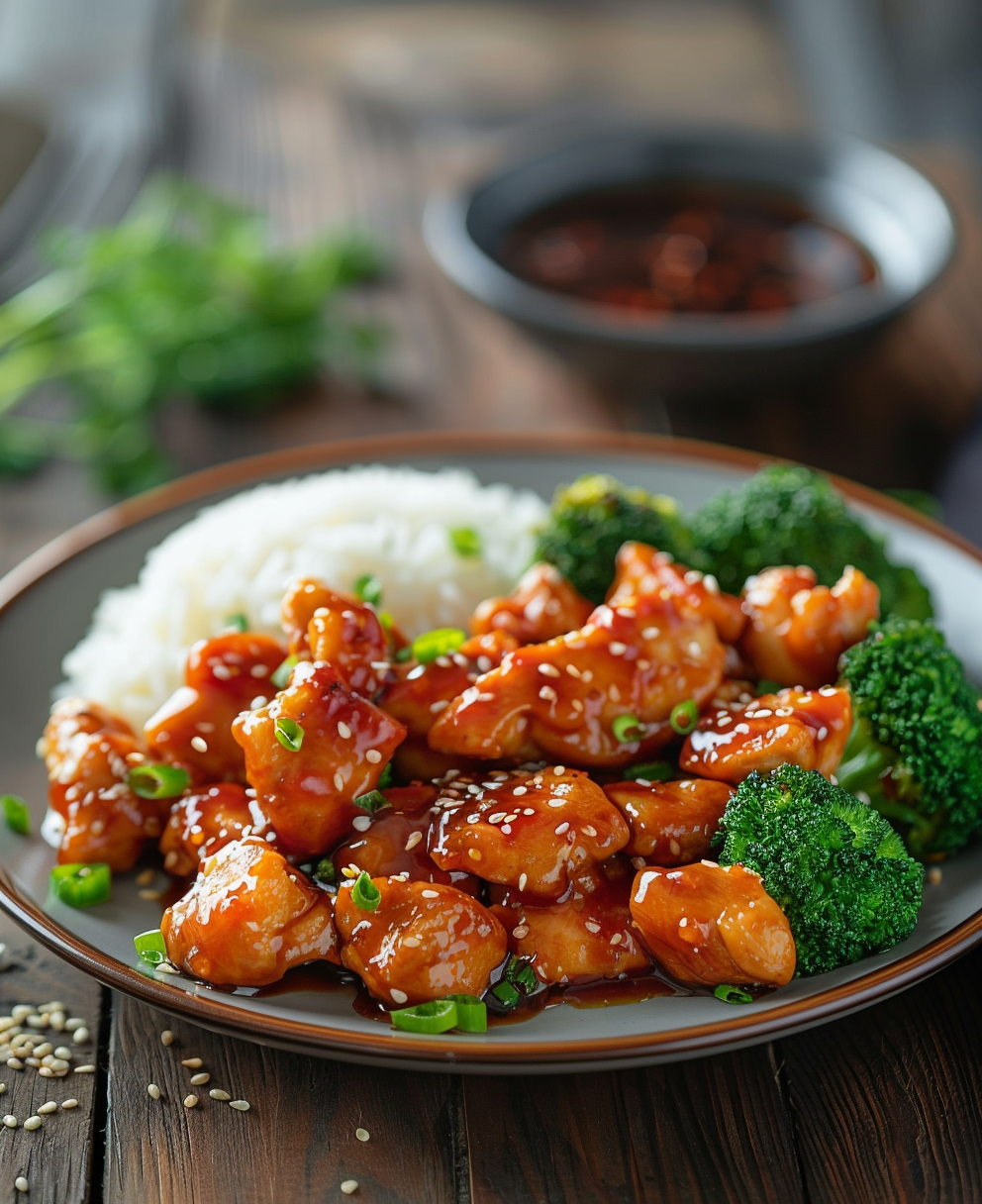
Why I Love Exploring Global Flavors
I’ve always been curious about how food connects people. Growing up, my family’s kitchen smelled like spices from all over the world. One day, it might be Indian curry, and the next, Mexican mole. But when I first tried Chinese BBQ sauce, something clicked. It was sweet, tangy, and smoky all at once. That flavor stuck with me.
Lately, I’ve noticed more home cooks in American kitchens reaching for this magical sauce. Whether it’s brushed on ribs or drizzled over grilled veggies, Chinese BBQ sauce has become a go-to condiment. It’s versatile enough to pair with pork, chicken, or even tofu. Plus, it works wonders as a marinade. Once you try it, you’ll see why it’s so popular.
What Makes Chinese BBQ Sauce Special?
Chinese BBQ sauce isn’t just another bottle in your pantry. Its roots trace back to Cantonese cuisine, where it’s used for dishes like char siu, or roasted pork. In fact, Char Siu sauce is another name for this flavorful condiment. People often ask me, “What is another name for Chinese BBQ Sauce?” The answer is simple: Char Siu sauce. Both names refer to the same rich, glossy sauce that adds depth to any dish.
Brands like Bullhead have helped bring this sauce into the spotlight. Their version of Cantonese BBQ sauce is widely available and loved for its balanced sweetness and savory notes. But you don’t have to rely on store-bought options. Making your own Chinese BBQ sauce without hoisin is easier than you think. I’ll share some tips later on.
The Secret Behind the Flavor
So, what are the ingredients in Chinese BBQ sauce? The magic comes from a mix of simple yet powerful components:
- Soy sauce: Adds saltiness and umami.
- Hoisin sauce: Brings sweetness and thickness.
- Honey: Gives a sticky, caramelized finish.
- Garlic: Provides a punch of aroma.
- Spices: Like star anise or five-spice powder for warmth.
This combination creates a sauce that’s both bold and balanced. If you’re wondering how to make Chinese BBQ sauce without hoisin, no worries. You can swap it out with plum jam or apricot preserves. These substitutes still deliver sweetness while keeping the sauce authentic.
A Sauce With History
The story of Chinese BBQ sauce starts in southern China, where Cantonese chefs perfected the art of roasting meats. They crafted sauces to complement their slow-cooked pork and duck dishes. Over time, these recipes traveled across oceans and inspired cooks worldwide.
Today, you’ll find variations everywhere. Some brands lean sweeter, while others focus on spice. But the heart of the sauce remains the same. It’s a celebration of balance—sweet, salty, and savory working together.
How to Use Chinese BBQ Sauce
If you’re new to Chinese BBQ sauce, start with pork. It’s the classic pairing for a reason. Try brushing it on ribs or mixing it into ground meat for burgers. For vegetarians, it pairs beautifully with grilled eggplant or roasted mushrooms.
Here’s a quick idea: Marinate pork tenderloin in Chinese BBQ sauce overnight. Then roast it until caramelized and juicy. Serve with steamed rice and greens for a meal that feels fancy but takes minimal effort.
Final Thoughts Before We Dive Deeper
As we explore Chinese BBQ sauce further, remember this: it’s more than just a sauce. It’s a bridge between cultures and a way to bring bold flavors into your cooking. Whether you buy it or make it yourself, this condiment deserves a spot in your kitchen. Stay tuned—I’ll show you how to create your own version and share some mouthwatering recipes.

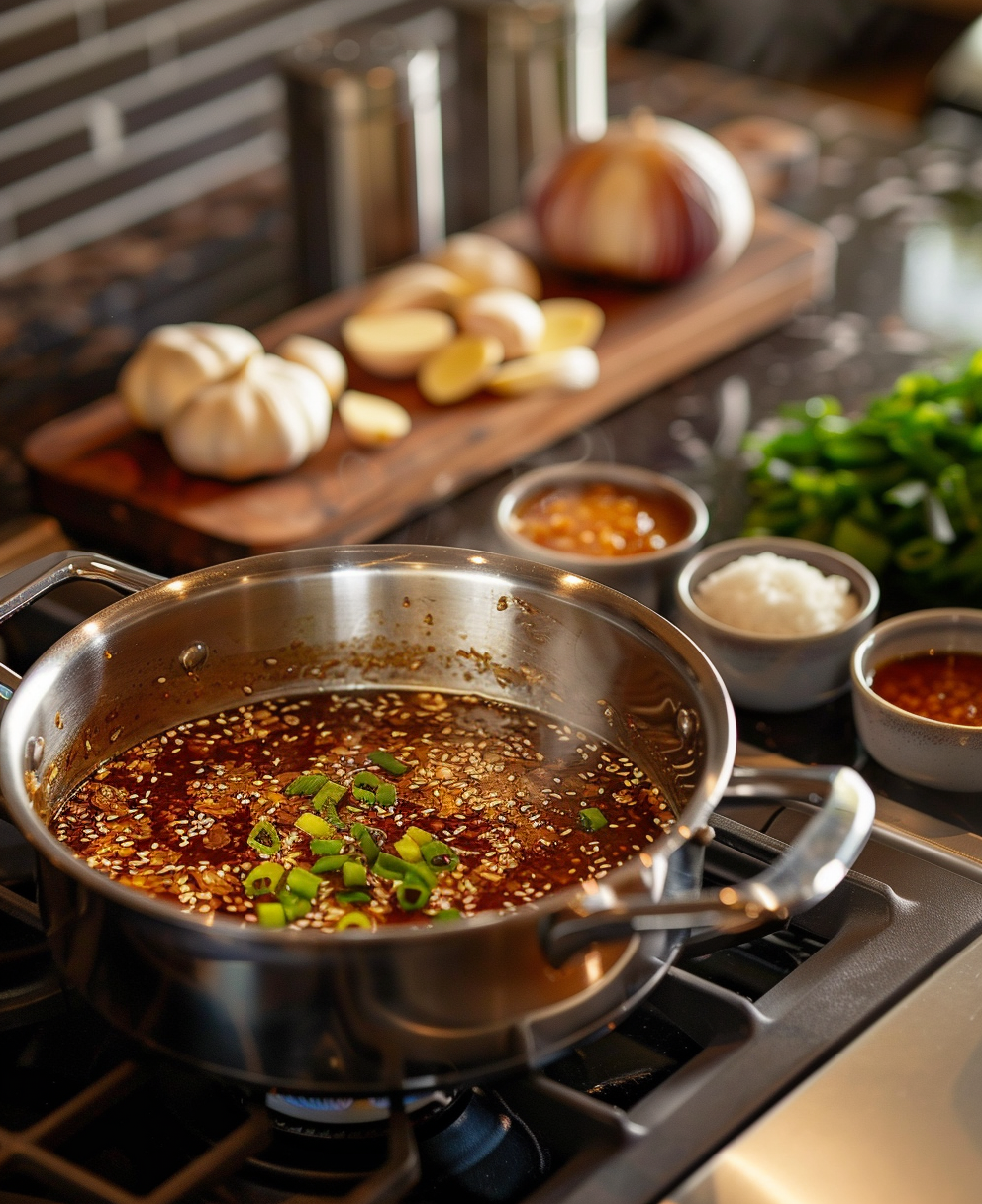
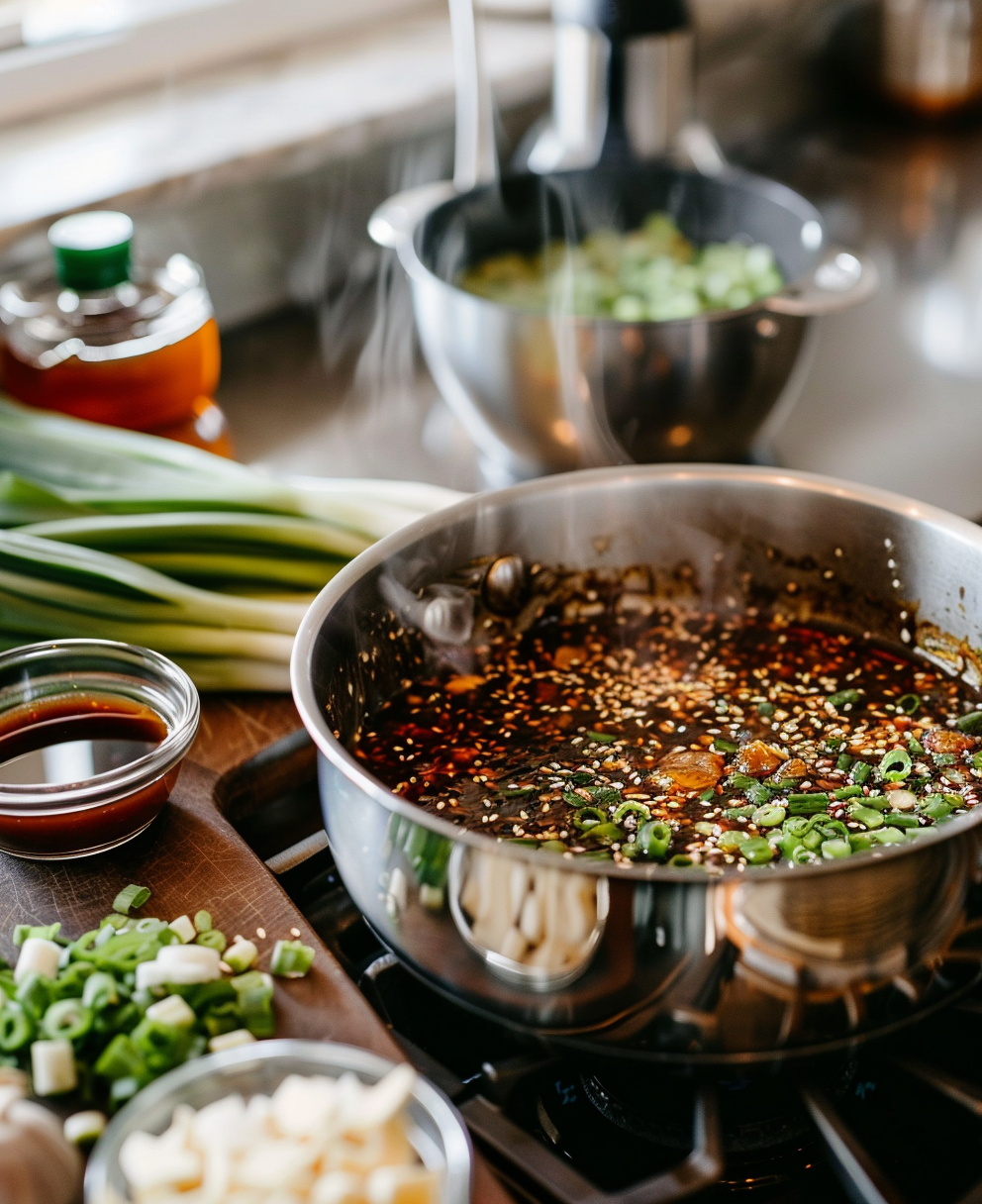
Types and Variations of Chinese BBQ Sauce
Now that we’ve covered the basics, let’s dive into the different types of Chinese BBQ sauce you might encounter. Trust me, this is where things get interesting. While the classic version is a staple in Cantonese kitchens, there are plenty of regional twists and even some cross-cultural cousins worth exploring.
Regional Differences: A World of Flavor
Here’s the thing about Chinese BBQ sauce: it’s not one-size-fits-all. Depending on where you are, the flavor profile can shift dramatically. Take Soy BBQ Sauce, for instance. This variation leans heavily on soy sauce, giving it a saltier, umami-forward kick. It’s perfect for those who prefer their sauces less sweet and more savory. I remember trying it once at a street food stall in Hong Kong—it was slathered over grilled chicken skewers, and wow, it was unforgettable.
By the way, have you ever wondered how Thai BBQ Sauce compares to its Chinese counterpart? Funny enough, they’re like distant cousins. Thai versions often incorporate ingredients like lemongrass, fish sauce, and lime juice, adding a tangy, citrusy brightness. While both sauces share a love for bold flavors, Thai BBQ sauce tends to be lighter and zippier, whereas Chinese BBQ sauce is richer and sweeter. If you’re curious, you could try pairing Thai BBQ sauce with dishes like grilled shrimp or chicken satay—just like how I paired Korean BBQ marinade with beef bulgogi last summer. Talk about a flavor explosion!
So, is Chinese barbecue sauce different? Absolutely. Even within China, regional nuances make each version unique. For example, northern styles might include more spices, while southern recipes stick closer to the sweet-and-savory formula. These differences remind me of how white BBQ sauce varies from Alabama to Georgia—it’s all about local preferences and traditions.
Store-Bought vs Homemade: Which Is Better?
Let’s talk about convenience versus customization. Brands like Bullhead and Epicurious BBQ Sauce have made it easier than ever to enjoy Cantonese BBQ sauce without breaking a sweat. Personally, I love keeping a bottle of Bullhead in my pantry for quick weeknight meals. It’s thick, glossy, and packed with flavor—perfect for brushing onto pork chops or mixing into stir-fries.
That said, making your own authentic Chinese pork recipes at home is totally worth the effort. All you need are a few key ingredients like soy sauce, garlic, ginger, and honey. Oh, and if you’re wondering whether you can skip hoisin sauce, yes, you absolutely can. Just use something like plum jam instead—it works wonders. Homemade sauces also let you tweak the sweetness or spice level to suit your taste. Plus, there’s something satisfying about creating something from scratch, don’t you think?
While we’re on the topic of store-bought options, I get asked a lot: Is Bachan’s just teriyaki sauce? Not quite. Bachan’s has a distinct soy-based flavor with hints of ginger and garlic, which makes it closer to a Japanese-inspired glaze. Teriyaki sauce, on the other hand, is typically thinner and sweeter due to added mirin or sake. So no, they’re not identical, but both are delicious in their own right. Try drizzling Bachan’s over grilled salmon or using it as a dipping sauce for dumplings—it’s divine.
Using Chinese BBQ Sauce in Your Cooking
Okay, here’s where the fun really begins. You already know that Chinese BBQ sauce for pork is a match made in culinary heaven. Whether you’re roasting a whole pork belly or grilling skewers of tenderloin, this sauce elevates everything it touches. My go-to recipe? Marinating pork shoulder overnight in a mix of Char Siu sauce and a splash of rice vinegar. The next day, I roast it low and slow until it’s caramelized and juicy. Serve it sliced thin with steamed buns, and you’ve got yourself an instant crowd-pleaser.
But wait—don’t stop at meat! This sauce shines just as brightly when paired with veggies. Picture this: roasted eggplant brushed with Chinese BBQ sauce, then finished under the broiler until bubbly and charred. Or how about tossing stir-fried mushrooms and bell peppers in a spoonful of sauce for extra depth? One time, I even used it as a glaze for roasted carrots, and let me tell you, my dinner guests couldn’t stop raving about it.
If you’re feeling adventurous, why not branch out into fusion territory? Last month, I experimented with adding a dollop of Chinese BBQ sauce to my BBQ meatloaf recipe. The result? A smoky-sweet loaf that disappeared faster than I could snap a photo. Another winner was mixing it into the sauce for meatballs with grape jelly and BBQ sauce. The combination of fruity sweetness and savory umami was pure magic.
Funny story—I once served a bowl of plain rice topped with leftover roasted veggies drenched in Chinese BBQ sauce to my picky nephew. He devoured it in minutes and begged for seconds. That’s the beauty of this sauce: it transforms even the simplest dishes into something special.
Tips for Perfect Pairings
When using Chinese BBQ sauce, timing matters. For meats, apply it during the last 10–15 minutes of cooking to prevent burning. On vegetables, toss them in the sauce after roasting to preserve their texture. And if you’re serving it as a dip, warm it slightly first—it’ll enhance the flavors and make it easier to spread.
Oh, and here’s a pro tip: keep a small jar of sauce handy for impromptu snacking. I like to brush it onto crackers topped with cream cheese and green onions for a quick appetizer. Sounds random, I know, but trust me—it works.
In the end, what makes Chinese BBQ sauce so incredible is its versatility. From classic char siu to creative veggie dishes, it’s a condiment that keeps on giving. So grab a bottle (or whip up your own) and start experimenting. Who knows? You might stumble upon your new favorite recipe.
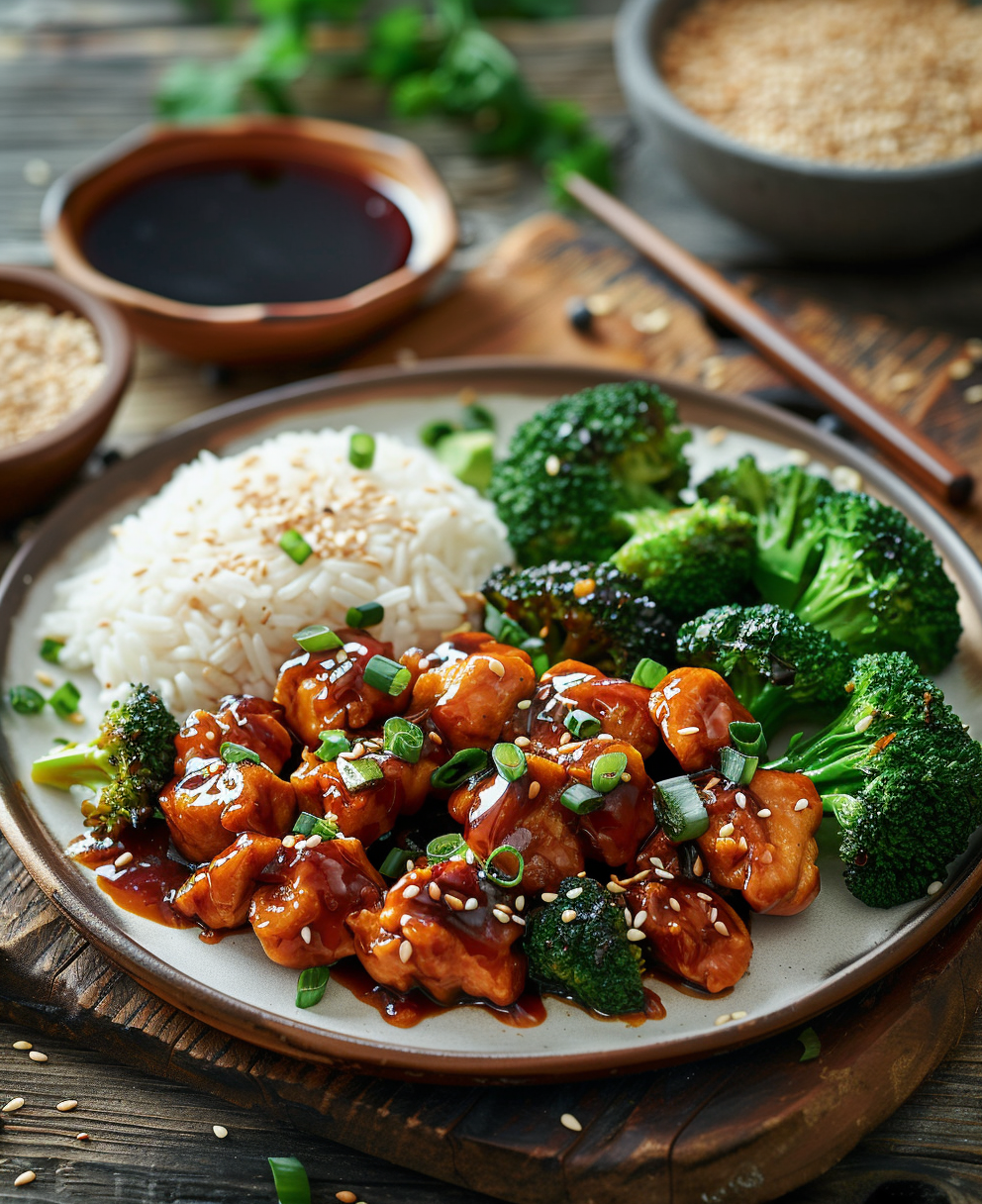
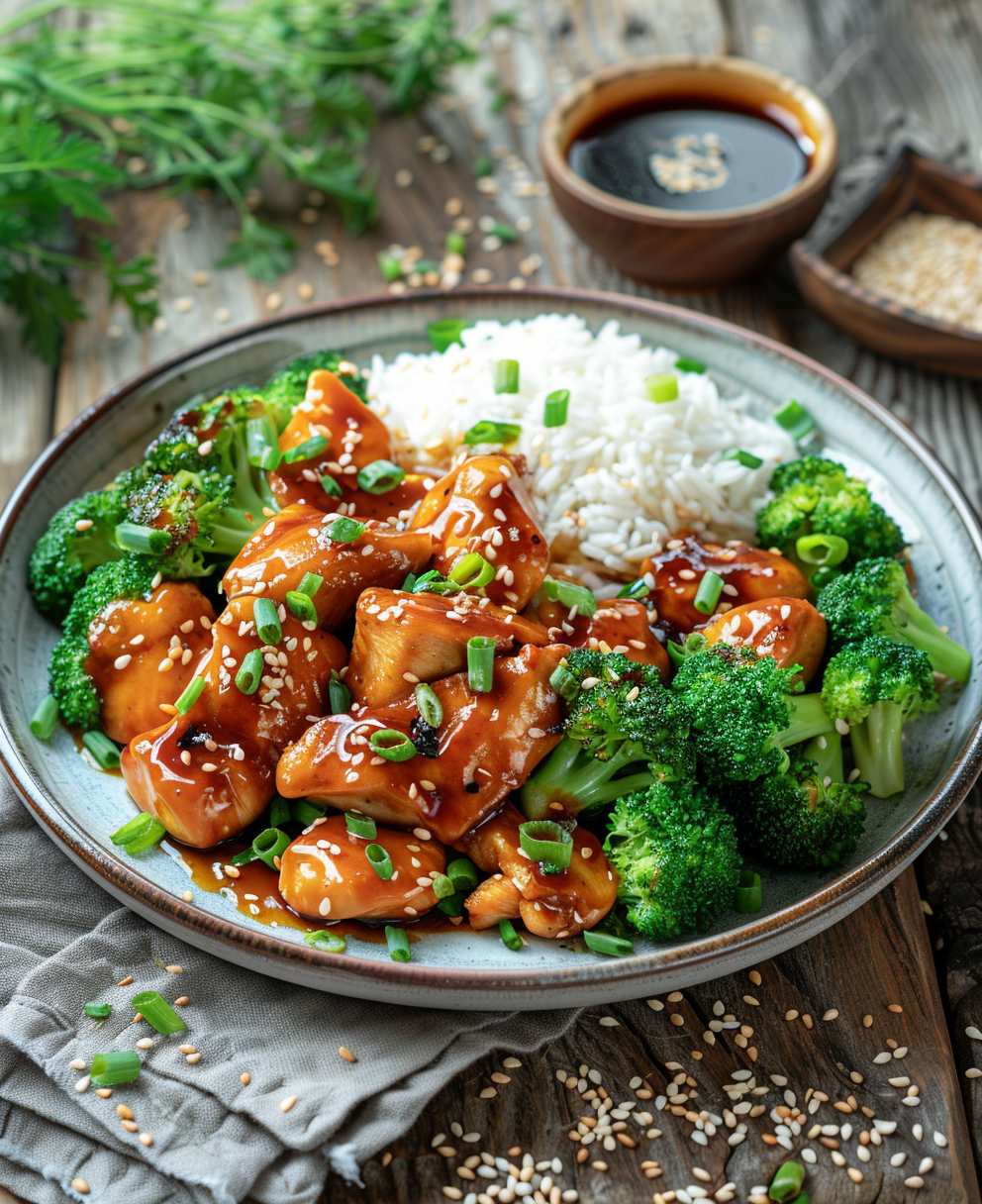
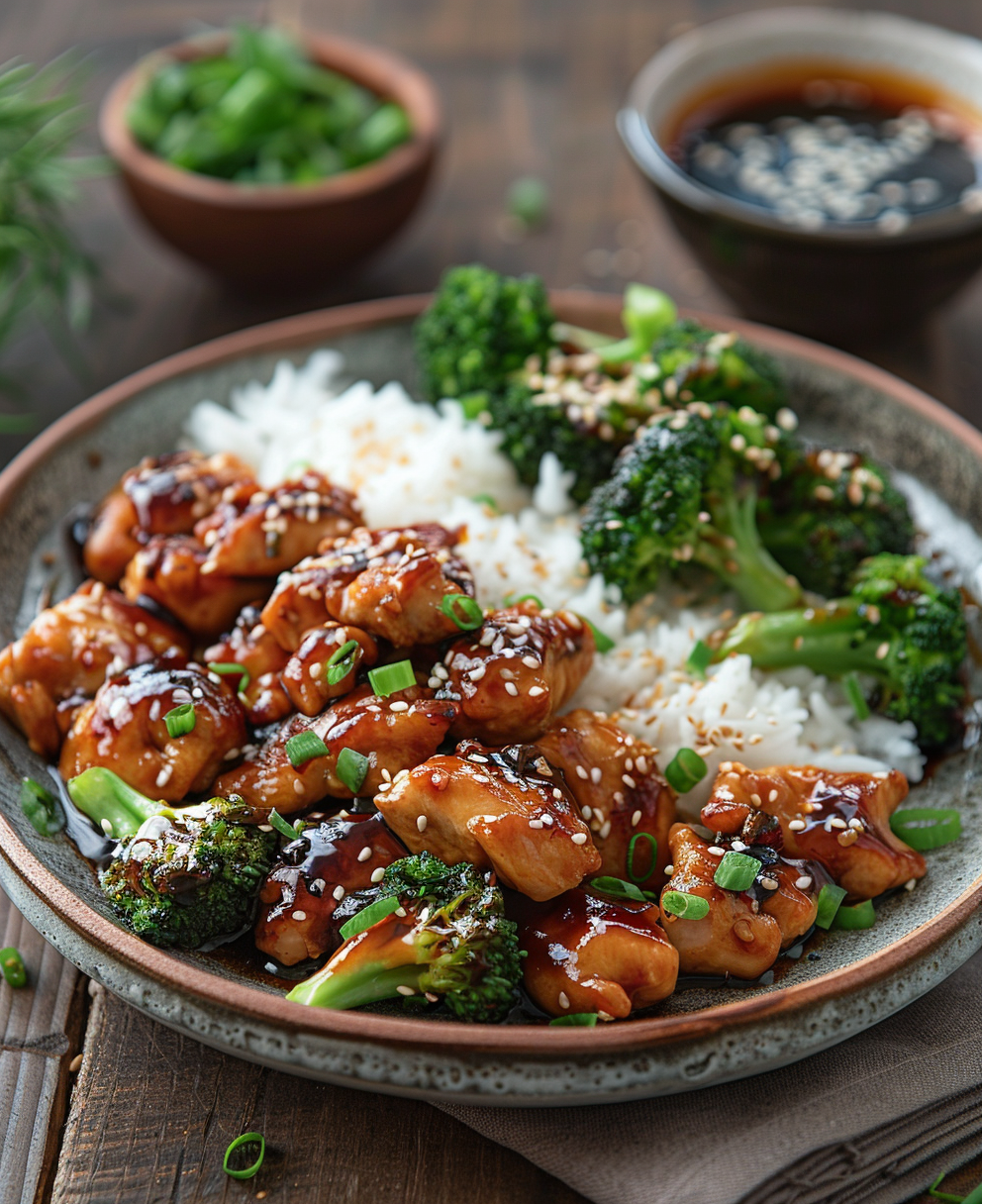
Recipe Ideas for Chinese BBQ Sauce
You’ve probably got the basics down by now, but let’s get into some fun and creative ways to use Chinese BBQ sauce. Trust me, this stuff is a game-changer in the kitchen. Whether you’re whipping up a quick weeknight dinner or hosting a weekend barbecue, these ideas will inspire you to think outside the box.
Quick and Easy Pork Recipes
Okay, let’s talk pork first because honestly, it’s a match made in culinary heaven. If you’ve never tried Chinese BBQ sauce for pork, you’re missing out big time. Here’s a simple recipe that even beginners can nail:
- Grab a pound of pork tenderloin and slice it into thin strips.
- Toss the strips in a bowl with two tablespoons of Char Siu sauce, a splash of soy sauce, and a teaspoon of grated ginger.
- Let it marinate for at least 30 minutes (or overnight if you’ve got the time).
- Heat up a skillet over medium-high heat, then sear the pork until caramelized and cooked through.
- Serve it over rice with a side of steamed broccoli, and boom—you’ve got an authentic meal ready in under 30 minutes.
By the way, if you’re feeling fancy, you can take those same pork strips and thread them onto skewers. Grill them for a couple of minutes on each side, brushing more sauce on as they cook. It’s like a mini char siu party right in your backyard.
Veggie-Friendly Twists
Now, here’s where things get interesting. I’m always looking for ways to sneak more veggies into my meals, and Chinese BBQ sauce makes it so easy. One of my go-to recipes? Roasted cauliflower with a sticky glaze. Here’s how to do it:
- Cut a head of cauliflower into florets and toss them with olive oil, salt, and pepper.
- Roast them in the oven at 400°F for about 20 minutes, then brush them generously with Cantonese BBQ sauce.
- Pop them back in the oven for another 5–10 minutes until the edges are crispy and caramelized.
Pair this with some quinoa or couscous, and you’ve got a dish that’s healthy yet indulgent. Funny enough, I once served this at a dinner party, and my guests thought I’d spent hours slaving away in the kitchen. Nope—just good ol’ Chinese BBQ sauce doing its thing.
Fusion Fun
If you’re anything like me, you love experimenting with fusion dishes. Here’s one idea: swap out your regular marinade for soy BBQ sauce next time you make tacos. Yes, you heard that right—tacos. Shred some slow-cooked pork shoulder, toss it in the sauce, and pile it onto corn tortillas with pickled onions and cilantro. It’s messy, delicious, and totally unexpected.
Another winner? Stir-fried noodles. Cook up your favorite noodles, then toss them with sautéed bell peppers, snap peas, and a few spoonfuls of Chinese BBQ sauce. Top it off with sesame seeds and green onions for a restaurant-quality dish in minutes. Honestly, it’s almost too easy.
A Few Pro Tips
Here’s the thing about cooking with Chinese BBQ sauce: less is often more. A little goes a long way, especially when you’re using it as a glaze or finishing touch. Also, don’t be afraid to mix it with other sauces. For example, blending it with a bit of sriracha adds a spicy kick that works wonders on grilled chicken wings.
Oh, and one last tip—keep a jar of Bullhead or another store-bought option on hand for those nights when you just don’t feel like cooking. Sometimes, all you need is a drizzle of sauce over leftover rice and veggies to turn “meh” into “yum.”
Frequently Asked Questions About Chinese BBQ Sauce
I know you’ve got questions, so let’s dive into some of the most common ones I hear about Chinese BBQ sauce. Hopefully, these answers will clear up any lingering doubts.
What is another name for Chinese BBQ Sauce?
Char Siu sauce is another name for this magical condiment. Both terms refer to the same sweet, savory, and smoky sauce used in Cantonese cuisine. You’ll often see it labeled either way in stores, so don’t let the different names confuse you.
What are the ingredients in Chinese BBQ Sauce?
The key components usually include soy sauce for saltiness, honey or sugar for sweetness, garlic for aroma, and spices like star anise for depth. Some versions also use hoisin sauce or plum jam to enhance the flavor profile. If you’re making it at home, feel free to adjust the ratios to suit your taste.
Is Chinese barbecue sauce different?
Yes, it’s distinct from other BBQ sauces like American or Thai BBQ sauce. While American sauces tend to be thicker and sweeter, and Thai sauces lean tangy and citrusy, Chinese BBQ sauce strikes a balance between sweet, salty, and savory. Its unique blend of ingredients gives it a rich, glossy finish that’s hard to replicate.
Is Bachan’s just teriyaki sauce?
Not exactly. Bachan’s has a soy-based flavor with hints of ginger and garlic, making it closer to a Japanese-inspired glaze. Teriyaki sauce, on the other hand, is thinner and sweeter due to added mirin or sake. Both are tasty, but they serve slightly different purposes in cooking.
Can I make Chinese BBQ sauce without hoisin?
Absolutely! Hoisin sauce can be swapped out for alternatives like plum jam, apricot preserves, or even ketchup mixed with a bit of brown sugar. These substitutes still provide the sweetness and thickness that make the sauce shine.
What’s the difference between Cantonese BBQ sauce and other regional styles?
Cantonese BBQ sauce focuses on a sweet-and-savory balance, while northern Chinese styles might incorporate more spices. Southern recipes often stick to classic ingredients like soy sauce and honey, whereas others may experiment with local flavors. It’s all about regional preferences.
How do I use Chinese BBQ sauce as a marinade?
Simply coat your protein (like pork, chicken, or tofu) in the sauce and let it sit for at least 30 minutes—or overnight for deeper flavor. Then grill, bake, or pan-sear as desired. Just remember to brush extra sauce on during the last few minutes of cooking to avoid burning.
Is Bullhead sauce the same as Chinese BBQ sauce?
Yes, Bullhead is a popular brand known for its Cantonese BBQ sauce. It’s widely available and delivers a balanced, authentic flavor that many home cooks love. If you’re new to this sauce, Bullhead is a great place to start.
Can I use Chinese BBQ sauce for grilling vegetables?
Definitely! Brush it onto eggplant, zucchini, or mushrooms during the last few minutes of grilling for a caramelized finish. It’s also fantastic drizzled over roasted carrots or Brussels sprouts. The possibilities are endless.
Where can I find more BBQ-inspired recipes?
If you’re craving more inspiration, check out our BBQ and grilling recipes. From smoky meatloaves to juicy ribs, we’ve got plenty of ideas to keep your taste buds happy.
Final Thoughts
At the end of the day, Chinese BBQ sauce is more than just a condiment—it’s a tool for creativity. Whether you’re sticking to traditional recipes or venturing into fusion territory, this sauce has the power to transform any dish. So go ahead, grab a bottle (or whip up your own), and start experimenting. And hey, if you discover a killer combo, drop me a line—I’d love to hear about it!

Chinese BBQ Sauce
Ingredients
Equipment
Method
- Combine soy sauce, hoisin sauce (or substitute), honey, minced garlic, and spices in a bowl.
- Whisk together until well blended.
- Adjust sweetness or spice levels to taste, if desired.
- Use immediately or store in the refrigerator for later use.
